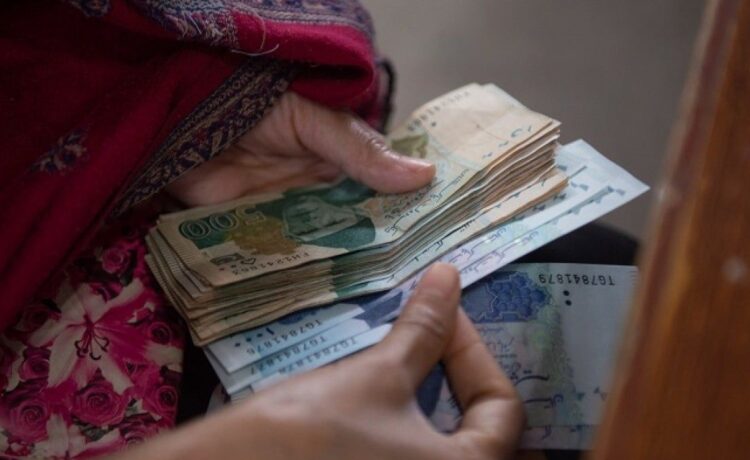In the intricate dance of global currencies, the upcoming weeks promise a tale of anticipation and strategy for South Asians eyeing the remittance market. With a keen eye on the UAE dirham against a backdrop of fluctuating economic conditions, the Pakistani rupee, Indian rupee, and Philippine peso are set to embark on diverse paths. Today, we delve into the nuanced forecast that projects a significant strengthening of the Pakistani rupee, a steady hold of the Indian rupee until May, and a promising rise in the value of the Philippine peso, opening a cost-effective window for remittance in early March.
A Closer Look at the Pakistani Rupee’s Promising Horizon
The Pakistani rupee is on the cusp of a noteworthy ascendancy, with forecasts pinpointing a stable exchange rate of about 279 to 283 Pakistani Rupees per 1 Dollar in the coming weeks. This stability is not only a beacon for those looking to remit but also marks a period where the rupee is expected to wield strength against the UAE Dirham. The detailed forecast stretches over the upcoming months, maintaining a consistent range between 275 and 283 Pakistani Rupees per 1 Dollar, heralding a phase of potential financial gain for remitters who have been waiting for the right moment to send money back home. This trend not only points towards a fortifying Pakistani economy but also opens up discussions on the broader implications for South Asian currencies in the global market.
Strategic Remittance: Timing and Tactics
For those navigating the remittance landscape, the coming weeks and months offer a strategic playground. The Philippine peso is anticipated to see a rise in value, particularly in early March, suggesting a narrow window for cost-effective remittance. Conversely, the Indian rupee presents a steadier course, promising a consistent performance against the UAE dirham until May. This variance in currency performance underscores the importance of strategic planning for remitters. The interplay of factors such as economic conditions, inflation, interest rates, and more, suggests that timing can significantly impact the value derived from remittance transactions.
Experts recommend a multifaceted approach to maximizing remittance value. This includes comparing transfer rates, sending larger amounts to reduce costs proportionately, planning transfers around favorable currency trends, and staying informed about the global economic landscape. Such strategies not only enhance the immediate financial benefits but also contribute to a broader understanding of the global economic interdependencies.
Understanding the Global Economic Tapestry
The movement of South Asian currencies against the UAE dirham is a narrative woven with threads of global economic conditions, policies, and market sentiments. The stability and strength of currencies like the Pakistani rupee are reflective of broader economic trends, including shifts in imports and exports, employment rates, and policy decisions on both domestic and international stages. As these currencies navigate through the ebbs and flows of the global market, they offer a lens into the resilience and adaptability of emerging economies in a rapidly changing world.
In conclusion, the weeks ahead paint a promising picture for the Pakistani rupee, alongside strategic opportunities for remittance in the context of the Indian rupee and Philippine peso. As these currencies chart their course against the UAE dirham, the underlying economic narratives underscore a complex interplay of factors that remitters and observers alike would do well to understand. Amidst this financial choreography, the potential for significant gains, both immediate and long-term, lies in the hands of those ready to navigate the nuanced landscape of global remittance with insight and precision.
















